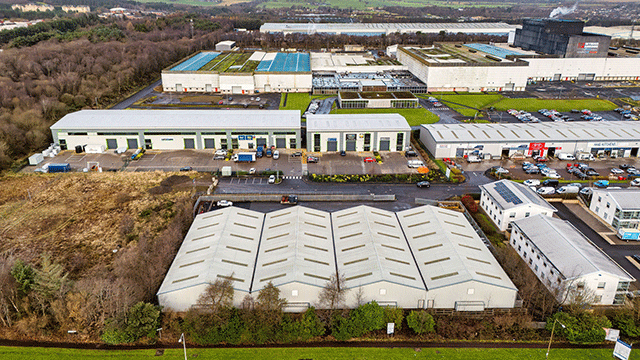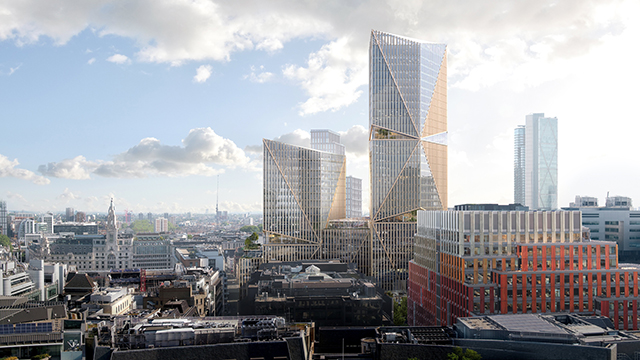COMMENT: It feels climate change is knocking at the door with German floods, Greek fires and temperatures in Europe reaching nearly 50°C.
The world is responding, albeit slowly. We face a ban on gas boilers as early as 2025, and diesel and petrol cars will be banned by 2030.
The commercial property sector faces challenges with restrictions on sub-standard properties in less than two years and the unknown as to what the government will mandate beyond 2023.
The need to address the use of carbon in building operations has crept up on the sector. Five years ago, energy was well down the agenda in development appraisals due to the disconnect between capital investment and operational cost. It was difficult for developers to appreciate a correlation between energy performance and rental values.
Things are different today, and carbon is at the forefront of everyone’s thinking, with both shareholders and tenants making decisions on environmental performance.
Quick to act
The sector has had to respond quickly, with future asset implications identified by investors.
The reality is that we know little about how our buildings operate or how much energy they consume.
Most buildings developed in the past 10 years have sophisticated building management systems that control the environment and gather vast amounts of data. However, this information is rarely accessed by anyone beyond the service engineer.
Fortunately, at the same time as demand for carbon reduction, the sector has invested in the digital transformation across design and construction. Developers are using building information modelling to improve predictably and reduce risk.
During that time, developers and building owners have collected useful digital information and models. But often this data is difficult to access, requiring expensive hardware, software and specialist skills. As well as the disconnect between capital and revenue, there is the same disconnect between construction and operation.
Next steps
Five years ago we began developing Twinview in response to requests from clients using Building Information Modelling to view models on a mobile device.
The next step was to connect the platform to the Building Information Modelling and make operational data accessible to everyone via dashboards.
It was clear that the existing facilities management approach was a reactive analogue process. Operational information rarely left the lever arch file or, in more sophisticated buildings, the Excel spreadsheet.
Vast amounts of data have been unused, with most modern buildings storing data from sensors embedded in plant rooms and equipment.
Recently, we have begun to use the wealth of information available to predict performance and help optimise building performance.
The sector’s commitment to digital transformation in design and construction has made it possible to respond quickly to the demand for more and better data.
However, it is not only new buildings that can benefit from this technology. The same opportunities are available to existing buildings that have the most significant impact on carbon production.
Keeping global warming below 1.5°C by 2050 is a challenge. The property sector must play its part to achieve this, with 40% of carbon emissions attributed to buildings.
If we understand how buildings operate, we can minimise the use of carbon by making them more efficient, giving us a chance to maintain global warming to 1.5°C in the decades ahead.
Rob Charlton is chief executive of Twinview











